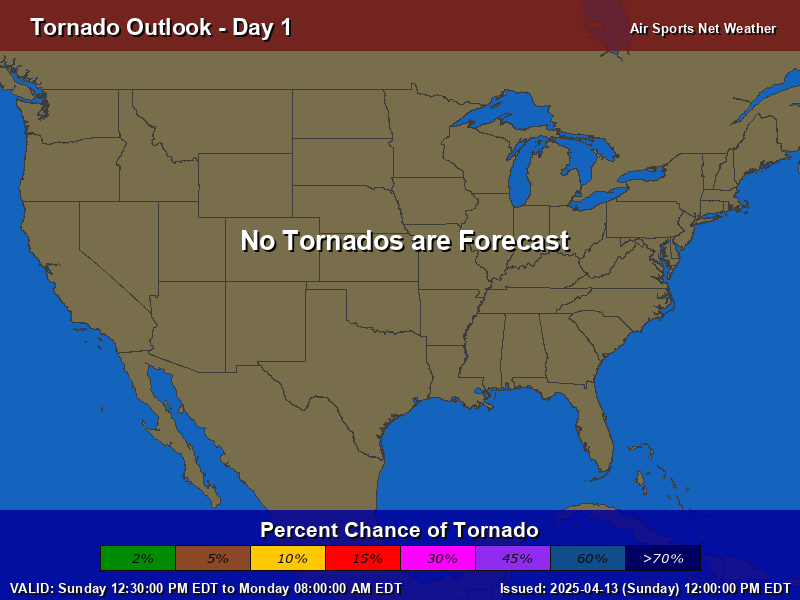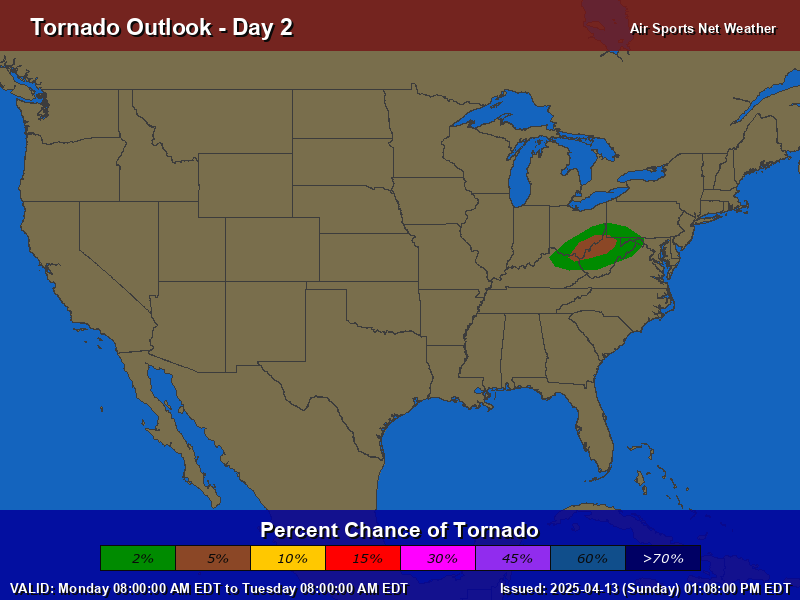

Tornado Preparation and Safety Information
Tornadoes are powerful and unpredictable natural events that can cause significant damage and pose serious threats to life and property. Being prepared and knowing how to respond during a tornado can greatly increase your chances of safety.
Before a Tornado:
Stay Informed: Regularly monitor local weather updates through NOAA Weather Radio, trusted news outlets, or weather apps. Be aware of the difference between a tornado watch (conditions are favorable) and a tornado warning (a tornado has been sighted or indicated by radar).
Develop a Safety Plan: Identify a safe location in your home or workplace where you can take shelter during a tornado. This is typically a basement or an interior room on the lowest floor, away from windows and exterior walls.
Prepare an Emergency Kit: Assemble a kit with essentials such as water, non-perishable food, a flashlight, batteries, a first aid kit, necessary medications, and important documents.
During a Tornado:
Seek Shelter Immediately: If a tornado warning is issued or you observe signs of an approaching tornado, move to your pre-identified safe location without delay.
Protect Yourself: Once in shelter, get under sturdy furniture or use a mattress or heavy blankets to shield yourself from debris. Cover your head and neck to prevent injuries from flying or falling objects.
Avoid Windows: Stay away from windows to prevent injury from shattered glass.
In Vehicles or Mobile Homes: If you're in a vehicle or mobile home, seek more substantial shelter immediately. Neither provides adequate protection during a tornado. If no shelter is available, lie flat in a nearby ditch or low-lying area and cover your head with your hands.
After a Tornado:
Remain Cautious: Continue to monitor weather updates, as additional storms or tornadoes may follow.
Avoid Hazardous Areas: Stay clear of downed power lines, sharp debris, and damaged structures. Do not enter buildings that appear unsafe.
Check for Injuries: If you or others are injured, seek medical attention promptly. Administer first aid where appropriate and call for emergency assistance if needed.
By following these guidelines, you can enhance your safety and preparedness in the event of a tornado.



